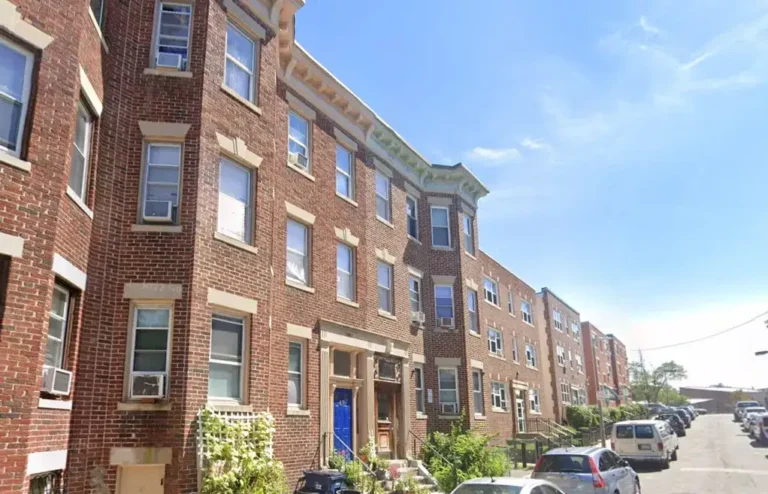
At Recovery Unplugged, all information published on our website has been rigorously medically reviewed by a doctorate level medical professional, and cross checked to ensure medical accuracy. Sober-living homes are usually privately owned and expect residents to pay for rent and utilities just like everywhere else. No funding disruptions usually occur, provided all the residents remain current on their rent.
Life After Rehab
Therefore, people who already have some level of sobriety under their belt are more likely to succeed at a halfway house than those who are new to recovery. Halfway houses serve as a haven for people recovering from addiction and transitioning back to everyday life. They provide support services and treatment options for those leaving the criminal justice system (prison) or rehabilitation centers. It’s a supportive community where you can rebuild relationships and focus on sobriety.
Everything You Need To Know About Sober Living
- Residential Reentry Centers provide individuals with home confinement and the necessary resources to improve their lives and reconnect with their communities.
- Contact us today for more information about this critical step toward sustained recovery.
- Certain individuals are not eligible for halfway houses, such as those with unresolved pending charges and those who require in-patient medical or psychiatric care.
- Putting ourselves into a routine is something we are usually not accustomed to, yet it makes for a healthy mind, body, and soul.
- Visiting rules are there to keep everyone safe and the recovery on track.
- The qualifications to live in a halfway house vary depending on the facility.
- Family members can play a crucial role in the recovery process of halfway house residents.
Residents can receive ongoing support and guidance from staff members trained in addiction recovery. One of the many things recommended to newcomers is to have that form of answerability and somebody that can call us out on our bad decisions. Deciding to pack up your bags and move into a halfway house can be nerve wracking.
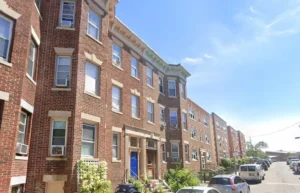
Mental Health Support
Amanda Stevens is a highly respected figure in the field of medical content writing, with a specific focus on eating disorders and addiction treatment. Amanda earned a Bachelor of Science degree in Social Work from Purdue University, graduating Magna Cum Laude, which serves as a strong educational foundation for her contributions. Collaborating with esteemed organizations like Epiphany Wellness and Ocean Recovery, Amanda has produced valuable and enlightening content that empowers individuals on their path to… The amount of time you’ll stay at a halfway house varies, but most stays are between three to twelve months. This gives you enough time to get back on your feet, secure a steady job, and feel strong in your sobriety.
When a sentence is less than five years, the maximum amount of home confinement is ten percent of the total sentence. The RRM will contact the referring institution’ s CMC and request the recommended modification be considered . The CMC will facilitate the Warden’s review of the request and advise the RRM accordingly.
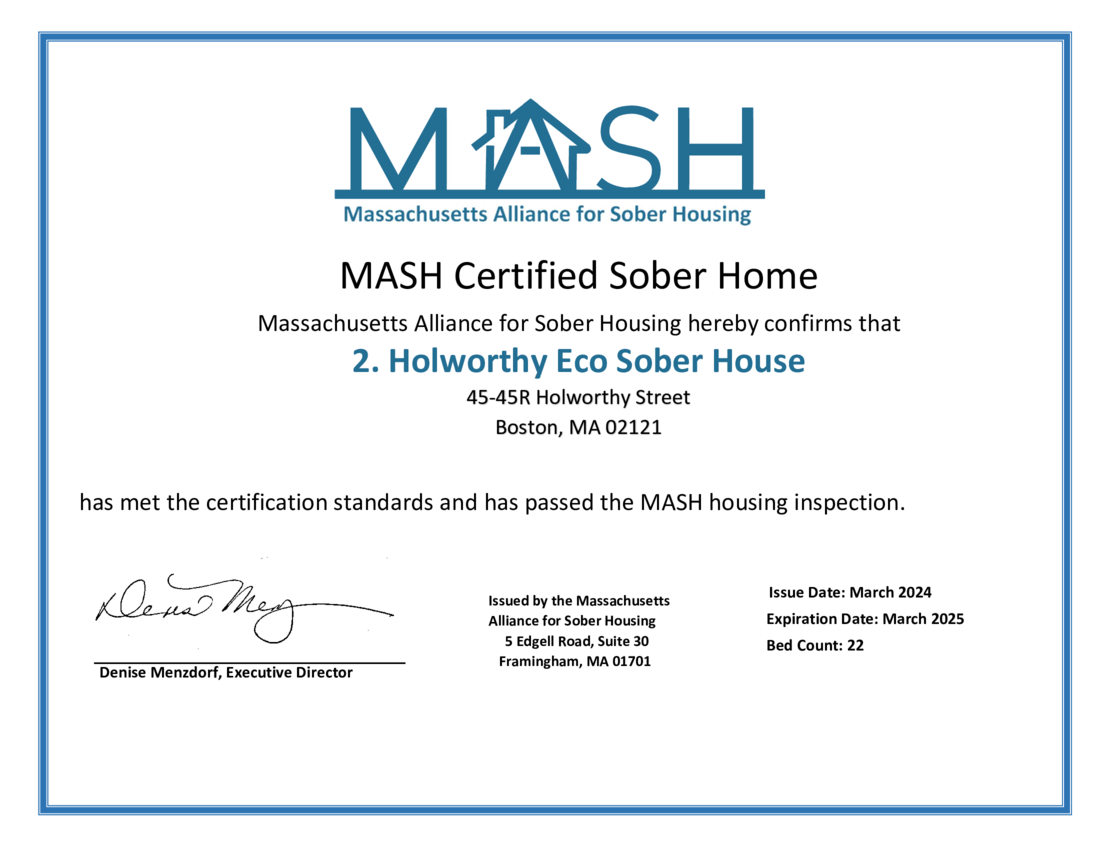
These services can be very beneficial for people who are recovering from addiction or other mental health issues. For example, individual and group counseling can help people to understand their Halfway House vs Sober Living addiction and develop coping mechanisms to stay sober. The history of halfway houses can be traced back to the 18th century in England, where they initially served as facilities for children arrested for petty crimes.
- The court frequently orders high-risk offenders to stay in a federal halfway house to rehabilitate and prepare them for effective reintegration into society.
- The information we provide is not intended to be a substitute for professional medical advice, diagnosis or treatment.
- Licensing requirements for a halfway house may include safety regulations, staffing requirements, and standards for care and treatment.
- They may provide access to mental health professionals, medication management, and therapeutic activities.
Your Insurance Can Pay for Rehab
Halfway houses get money from the government, insurance, and tenant fees. Additionally, residents engage in life skills training sessions to learn valuable skills such as budgeting, job searching, and effective coping mechanisms. Essential to this process is the continuation of therapy, where residents receive ongoing support to address underlying issues, develop coping strategies, and prevent relapse. However, the main difference is the lack of medical and psychiatric staff on site.
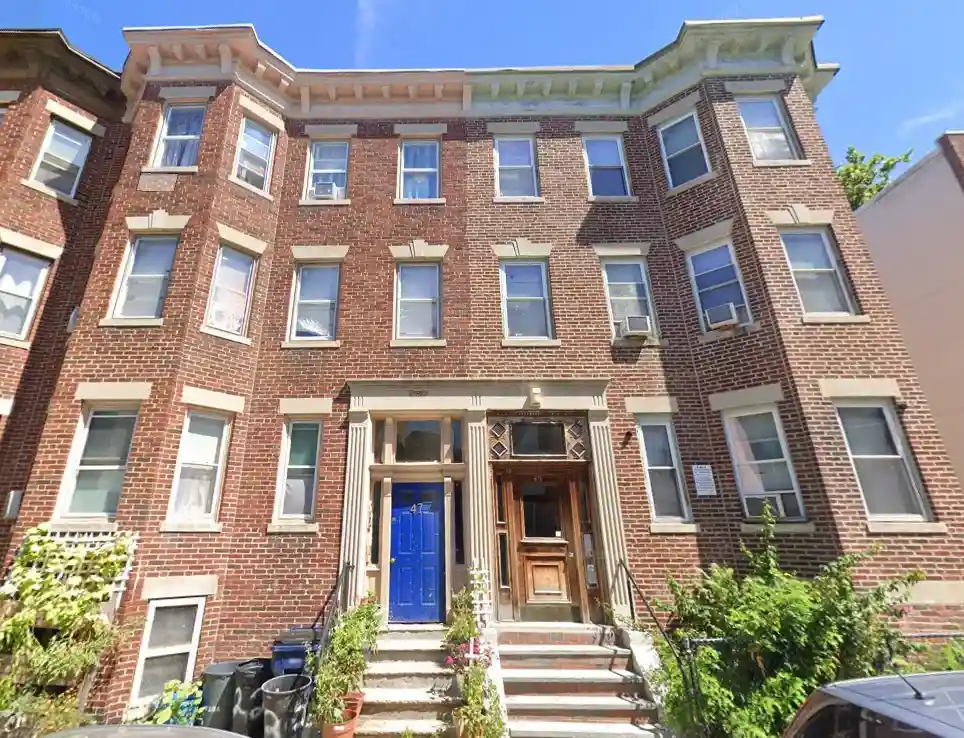
Thrive In Your Sobriety At These Sober Events In Orange County and Greater LA
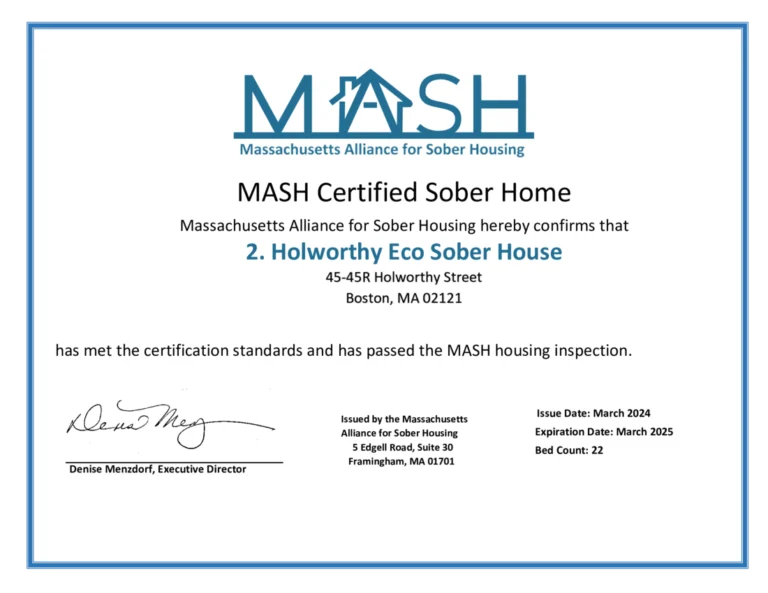
The residents at federal halfway houses are often expected to participate in various programs involving treatment, education, and employment. In addition to this, they are expected to stay sober and are subject to random drug testing, restrictions on curfew hours, and other programs. Federal halfway houses make it possible for residents to get the medical and mental health care they need.
Restarting life after recovery is difficult. A halfway house can make the transition easier.
All visitors are required to be sober and must have a presentable appearance. There are also special circumstances, such as emergency visits, where residents can later verify with the house manager to determine if their guests are permitted to visit. Residents are not allowed to have visitors who have an outstanding warrant, are on parole, or are otherwise deemed a security threat. Those with a history of drug trafficking, alcohol addiction, or criminal offense are not allowed entry. Paying a visit to loved ones to offer them words of encouragement is a great way for families and friends to show them care and concern. Doing so can help track the resident’s recovery progress by checking in with the house manager or on-site counselors.
There’s far more that we don’t know: Lack of publicly available data makes it difficult to hold facilities accountable
In this post, I’ll define these facilities, explore what they offer, and explain their differences from other supportive living environments like sober houses. The Sprout Health Group editorial team is passionate about addiction treatment, recovery and mental health issues. It can be difficult for people in recovery to get the social interaction they need because some people may not accept or respect their new lifestyle. Halfway houses offer healthy social interaction with people who understand your needs and the challenges of sober living. Most halfway houses have rules to follow and help residents set boundaries.
Read More




